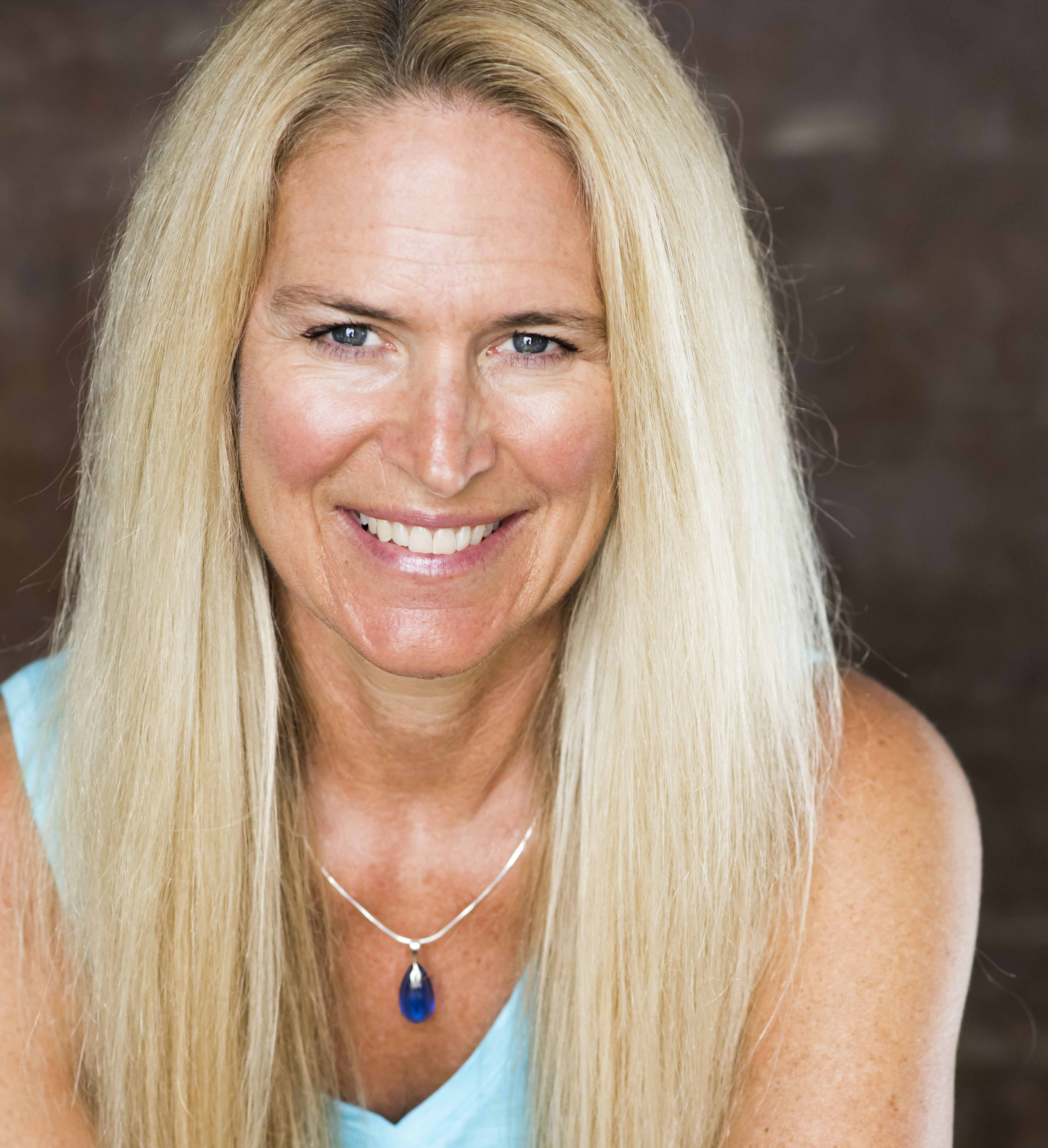In case you are new to all of this, and perhaps reading about autism for a friend or loved one, let’s begin with the basics. Generally, the symptoms of autism refer to a difficulty processing emotions and a heightened sensitivity to external stimuli.
Autism is defined as the autism spectrum disorder, or ASD, because the symptoms range in severity from profound disabilities like lack of speech; uncontrollable body movement such as spinning, or head banging; to milder forms like Asperger’s syndrome.
Asperger’s Syndrome is also known as high functioning autism. Those with Asperger’s syndrome commonly have an obsessive interest, high intellectual ability, but lower social awareness. The child may seemingly have a lack of emotion or an inability to love. They do feel emotions and, in fact, are often quite sensitive, but they have an impaired ability to communicate their feelings. Any way you look at it, it is simply a difference in the way the brain is wired.
In 2013, after almost two decades, the American Psychiatric Association decided that the term Asperger’s is to be removed from the psychiatrists’ Diagnostic and Statistical Manual (DSM) of Mental Disorders. The DSM is regarded as one of the most influential references for the psychiatric profession around the world. The term “Asperger’s disorder” will not appear in the DSM-5, the latest revision of the manual. Instead, everyone with symptoms of autism, at any level, will now be put under the newly added umbrella term “autism spectrum disorder.” The “spectrum” is quite broad. Each child has his or her own unique symptoms from very severe to very mild. Dropping the term “Asperger’s” was quite ill received, especially by moms.
The real problem is in its current epidemic-like rise in numbers. In 2000, the CDC established an Autism and Developmental Disabilities Monitoring program (ADDM). In 2002, one in every 150 children was diagnosed with autism. In 2006 the number rose to one in 110. By 2008, the CDC released the current number: one in every 88 children was now diagnosed on the Autism Spectrum. From 2002 to 2008, the number rose 78%! Currently, in 2014, the most recent number released by the CDC is one in 68. An estimate has been made of one in two by 2025!
Symptoms are most often seen after the age of 3. The earliest known diagnosis is 18 months. It can be hard to tell prior to this age. It is four and a half times more prevalent in boys than in girls. One in 42 boys is diagnosed with an Autism Spectrum Disorder verses one in every 189 girls.
Join the Autism Recovery Action Plan for Parents of Children with Autism
Discover natural strategies to improve your child’s communication, social skills, behavior, and overall well being during this FREE 3 day action plan.
JANUARY 22ND - 24TH
9 AM PST | 12 PM EST
1-HOUR DAILY FOLLOWED BY LIVE Q&A
Navigating the realm of autism can be challenging. I know I’ve lived it, too. But you don’t have to do this alone. For the sum of zero dollars, you can join our community of dedicated parents who are actively shaping brighter futures for their children through this enriching 3-day experience. It is my gift to help ease your journey.
Our 3-Day Autism Recovery Action Plan serves as a guiding light on your journey, offering affordable, proven strategies and the support of a caring community.
This is for informational purposes only and is not meant to diagnose or treat. Every child’s level of recovery is different. No two people are the same. It is never implied that all children will have the same outcome. Results are all based on individual biology and the work that is done. This process takes time and various steps, effort and resources need to be weighed. Our programs are intended to help you become more knowledgeable and guide you to help bring your child a better quality of life, whatever that may be. We want to help by giving great content, direction and strategies that move you forward. Nothing on this page or any of our websites is a promise or guarantee of results or future outcomes. The results on this page and any of our websites are not typical or promised. In fact, there will be people who purchase this and other programs and never put the work into implementing the strategies taught and therefore will achieve little to no results. Our more detailed earnings disclaimer, privacy policy, and terms and conditions for this program and website can be accessed via the links below. We hold ourselves (and you) to a high standard of integrity. We are cheering you on every step of the way.











